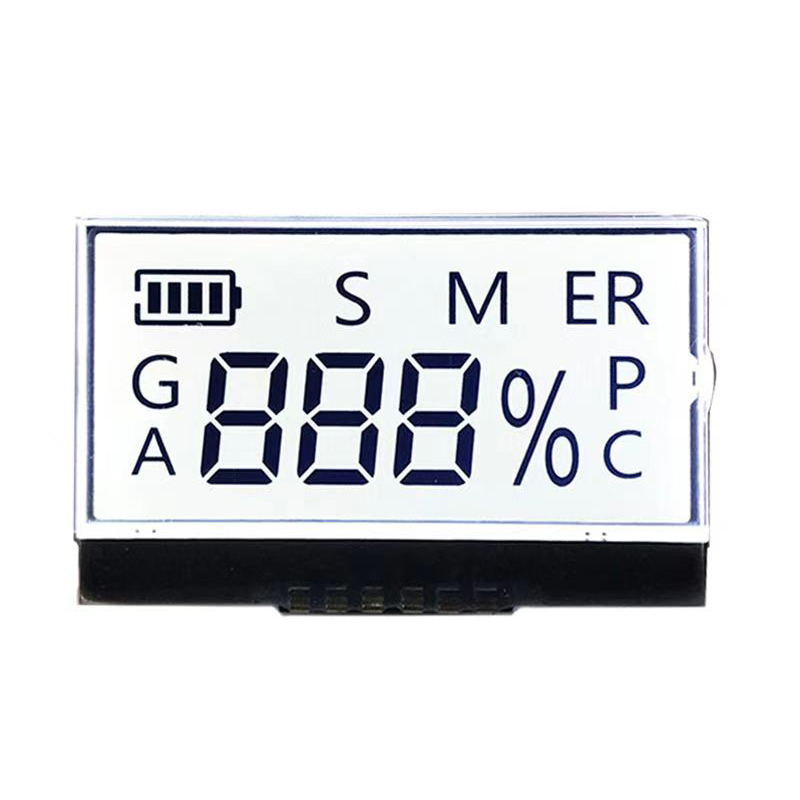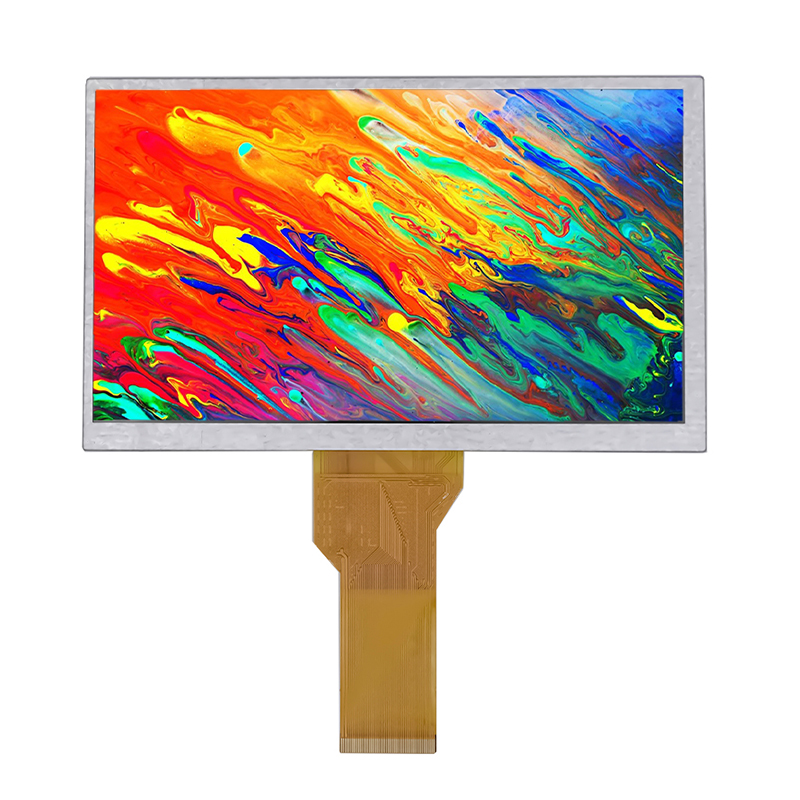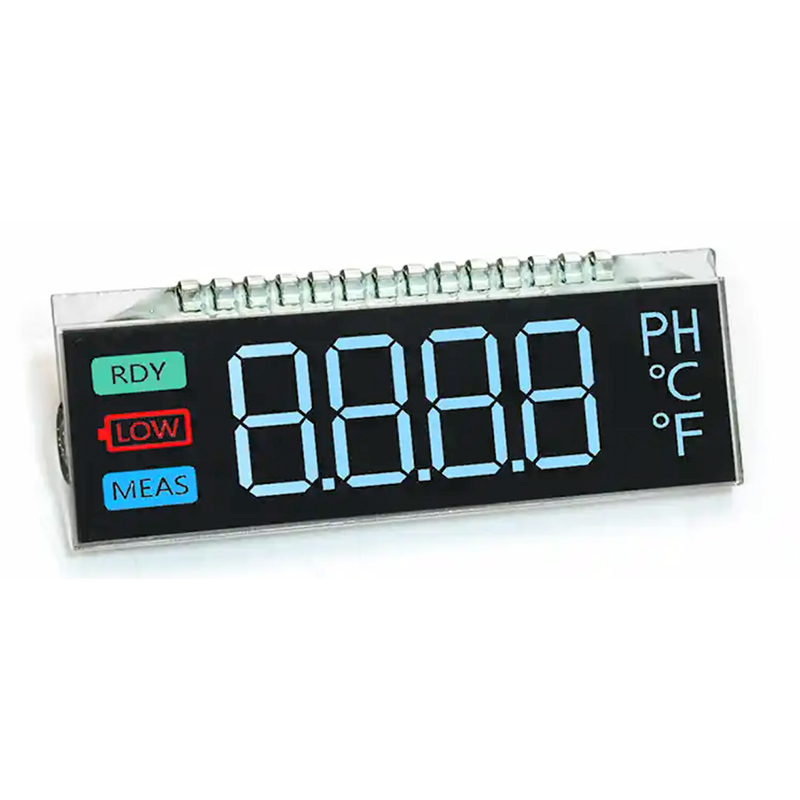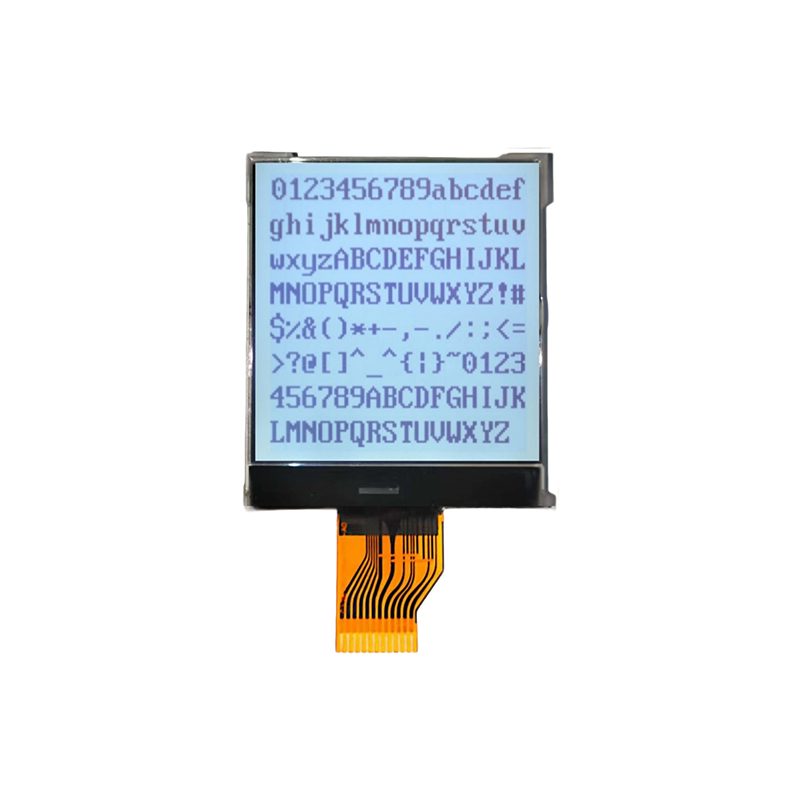
Understanding and Utilizing I2C OLED DisplaysA comprehensive guide to selecting, integrating, and programming I2C OLED displays for your projects.
This guide provides a detailed overview of I2C OLED displays, covering everything from understanding their functionality and specifications to practical application and troubleshooting. We'll explore various display sizes, resolutions, and features, helping you choose the perfect display for your needs. We will also discuss the advantages of using I2C communication and provide examples of integration with popular microcontrollers.
An I2C OLED display is a small, self-emissive display that uses organic light-emitting diodes (OLEDs) to produce images. The I2C refers to the Inter-Integrated Circuit communication protocol used for controlling the display. This protocol is a simple, two-wire interface requiring only two data lines (SDA and SCL) to communicate, making it easy to integrate into various embedded systems.
Compared to other display technologies, I2C OLED displays offer several advantages, including:
Selecting the appropriate I2C OLED display depends on the specific requirements of your project. Key factors to consider include:
I2C OLED displays are available in a wide range of sizes and resolutions. Common sizes include 0.96, 1.3, 1.54, 2.0 and even larger. Resolutions vary significantly depending on the size. You can find displays with resolutions ranging from 64x48 pixels to 240x240 pixels and more.
Integrating an I2C OLED display with a microcontroller is relatively straightforward. You’ll need to connect the display's SDA and SCL pins to the corresponding pins on your microcontroller and then use the appropriate I2C library to communicate with the display. Many popular microcontrollers like Arduino, ESP32, and Raspberry Pi Pico have readily available libraries to simplify this process.
Using the Adafruit SSD1306 library for Arduino, you can easily control a variety of I2C OLED displays. The library provides functions for displaying text, graphics, and more. You can find comprehensive tutorials and examples on the Adafruit website here.
Sometimes, problems may occur when working with I2C OLED displays. Common issues include:
You can purchase I2C OLED displays from various online retailers and electronics distributors such as Adafruit, SparkFun, and Amazon. For high-quality OLED displays, consider exploring options from reputable manufacturers. For example, you can check out Dalian Eastern Display Co., Ltd. (https://www.ed-lcd.com/) for a wide selection of display solutions.
| Feature | I2C OLED Display | Other Display Types (e.g., LCD) |
|---|---|---|
| Power Consumption | Generally lower | Generally higher |
| Contrast Ratio | Higher | Lower |
| Viewing Angle | Wider | Narrower |
This guide provides a foundation for understanding and utilizing I2C OLED displays. Remember to consult the datasheets for your specific display model for detailed specifications and programming instructions.












